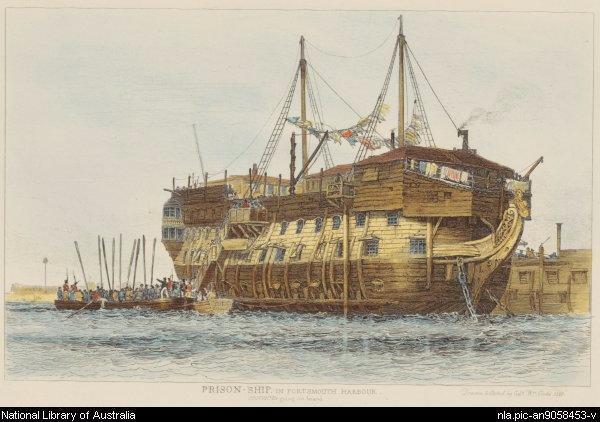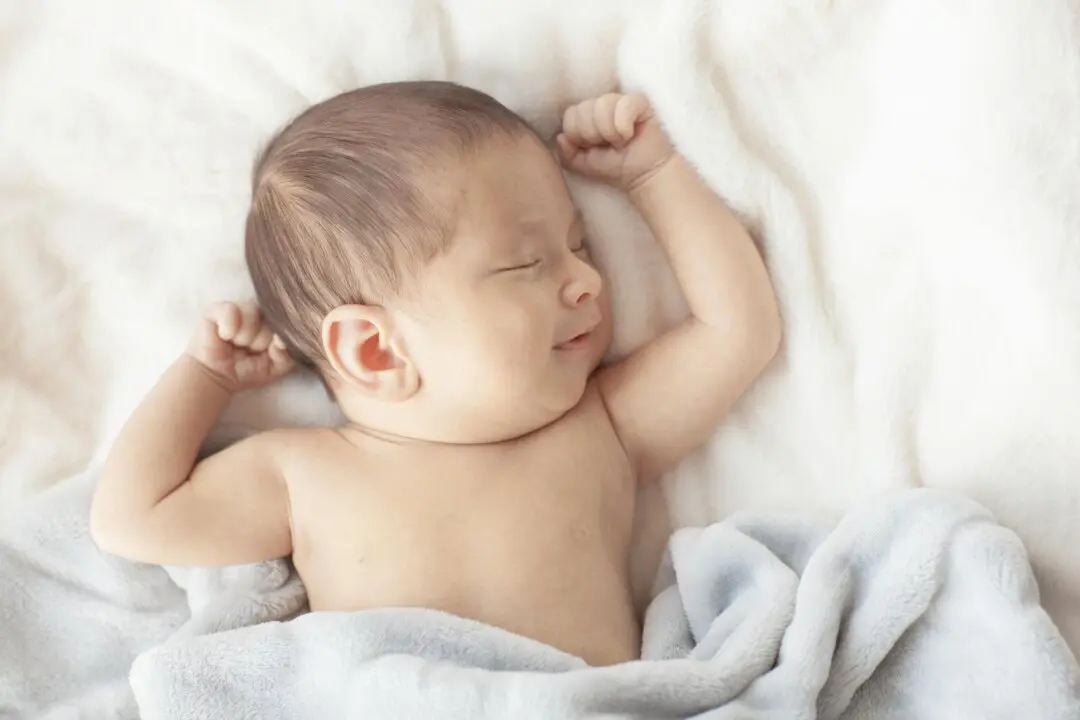During the American Revolution, many patriots like Elizabeth Burgin played a key role in America’s victory over Britain even though she never fought on the frontlines. Her ability to glide past British soldiers under their radar proved to be so effective that Congress rewarded her for her services to her country.
Most of Burgin’s early life is unknown, and the information available about her came out during the Revolutionary War. By the late 1770s, Burgin had become a widow with three children. Many accounts say that her husband was most likely a soldier who died while fighting for the Americans during the war.






